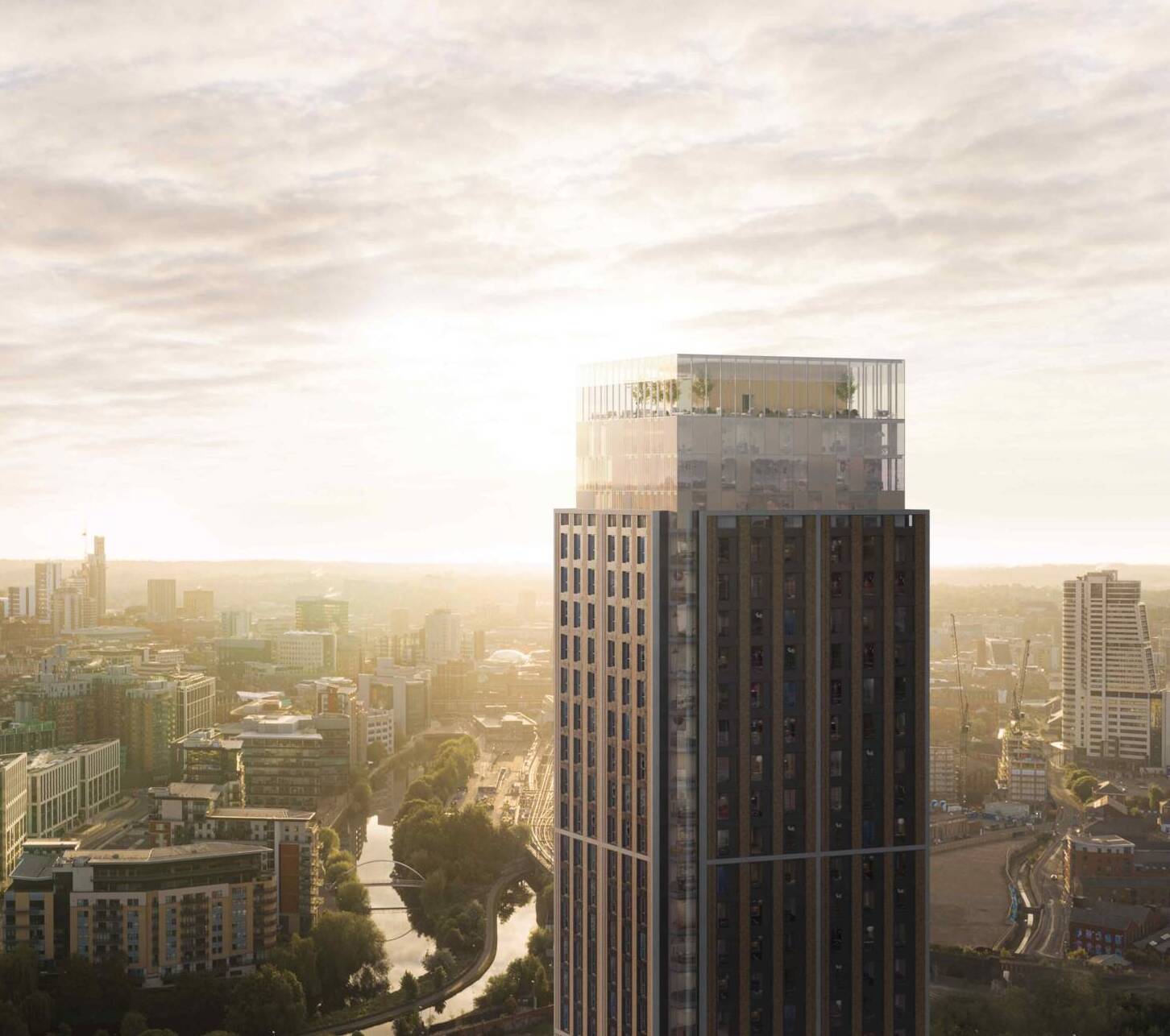The UK property market saw a massive 10.4 per cent annual rise in valuations in 2021, according to the latest Nationwide House Price Index report.
The average UK house price now stands at £254,822, making 2021 the strongest growth year since 2006. In this year alone, the typical homeowner saw their property gain almost £24,000 in value.
What caused the rise?
Despite initial concerns about the economic impact of COVID, the property market remained resilient. A combination of factors led to healthy growth figures in 2021, many relating to the pandemic.
Increased buyer demand led to record growth. Millions looked for more space at home. As homeowners continued to adjust to work from home lifestyles, they sought space for home offices, home gyms and larger outdoor areas. Combined with relatively low housing stock, increased demand directly impacted house prices.
A seller’s market
This year was truly a seller’s market. While the stamp duty holiday fuelled demand, its subsequent winding down and closure in September saw increased activity from buyers. With stretched budgets and no time on their side, buyers had to act quickly.
Many of these buyers were then approved for mortgages with historically low interest rates. Increased demand combined with tax breaks and cheap mortgages created a perfect storm for record growth.
Despite initial fears, house prices have now climbed by around 16 per cent since the beginning of the pandemic. In many cases, buyers looked for a change of scenery. As such, some regions of the country have increased in price more than others.
Regional price growth
The top performer in Nationwide’s regional rankings was Wales. In total, property prices in Wales saw an astonishing 15.8 per cent growth in 2021. Prices increased in cities and rural areas, with both owner occupiers and buy-to-let investors joining the property hunt.
At the end of 2021, the UK regional growth rates and average prices were:
- Wales: 15.8 per cent to £196,759
- Northern Ireland: 12.1 per cent to £167,479
- South-West: 11.5 per cent to £294,845
- South-East (out of London): 11.3 per cent to £329,869
- North-West: 11.2 per cent to £196,806
- Scotland: 10.1 per cent to £172,605
- London: 4.2 per cent to £507,230
The largest increase in England came in the South-West region with a growth of 11.5 per cent. The majority of buyers came from outside the area looking for holiday homes at a time when travelling abroad was tricky.
Many of those new owners came from London. Earlier on in the pandemic, buyers were looking to move into more rural areas for larger houses and more outdoor space – which may explain London’s position as the lowest growth area in Nationwide’s rankings.
Despite this, other cities performed well in 2021. This could spell the end of the famous North/South divide.
Property price growth in Yorkshire
Yorkshire was a star performer in Nationwide’s rankings. Prices in Yorkshire and the Humber region grew by 10.8 per cent in 2021, above the 10.4 per cent UK average. Specifically, the average Yorkshire house price rose to £190,855, up by around £19,000 on 2020.
This rise comes as no surprise considering pandemic house-buying trends. Yorkshire has continually attracted new owners and investors alike, drawn to its unique combination of natural beauty, easy access and value for money.
Likewise, Yorkshire’s cities – such as Leeds – saw excellent property value growth in 2021, and are set to offer superb returns for homeowners and investors as the world and workplace return to normal.
Will this change in 2022?
It’s a big ask for 2022 to match the astonishing price increases seen in 2021. The end of the stamp duty holiday, for example, may lead to slightly reduced demand. But there are still plenty of encouraging signs for property owners looking ahead.
Firstly, there is still relatively low housing stock available to buyers. This scarcity will put sellers in a strong position and encourage buyers to take advantage of the opportunities they find.
Mortgage rates are also currently low for buyers, making it an excellent time to take out deals on house purchases. We’ve also seen a fast start to 2022, with Rightmove reporting their busiest January in five years.
Finally, with people returning to city centres for work and pleasure, we should expect to see increased demand for central flats and apartments.
Time to invest in Leeds
Increased competition is spurring buyers on. Property continues to provide outstanding return on investment, with renters returning to city centres as the pandemic eases.
There is no better time to invest in property in Leeds. Get in touch with our team to see how you can add to your property portfolio.





